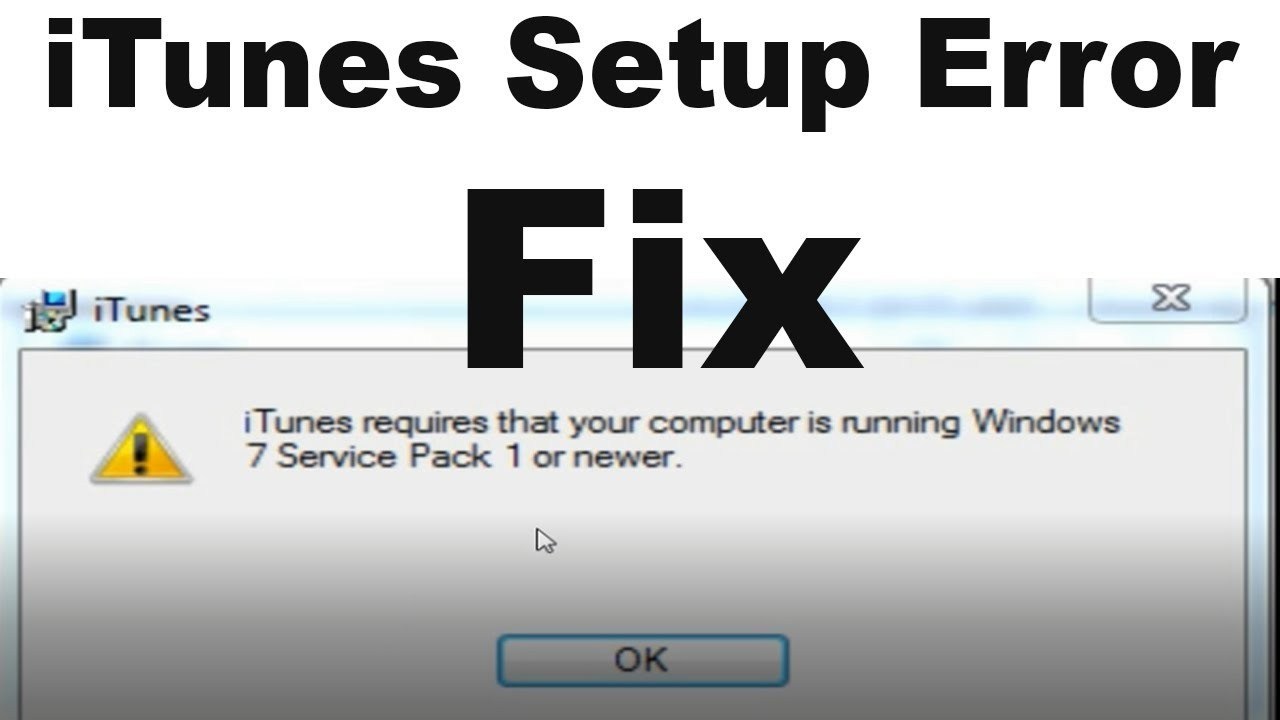

If the problem persists, please continue to the next troubleshooting. Wait until the sfc scan verification reaches 100% completion, then close Command Prompt and try running the Windows Update again.When the command operation has run successfully and a confirmation message “ The restore operation completed successfully” is present, please type and press the Enter on the keyboard ④.In Command Prompt, type and press the Enter on the keyboard ③.Use the System File Checker tool to repair missing or corrupted system files If the installation is failure, please continue to the next troubleshooting. After the download is complete, double-click the standalone package to start the installation process ④.Click the link to download the standalone package ③.Under the search result, click Download corresponding to your system version and architecture ②.Type the KB number in the search bar and then click Search ①. Open the Microsoft Update Catalog website.(The following takes KB5017271as an example.)

In general, the update version utilized “KB” as a name, such as KB5017271.

How to update the BIOS version in Windows system Updating software usually helps the system stability and optimization, so we recommend you check and often update to the latest version on your PC. Here you can learn more about: Update and confirm BIOS / drivers with the latest version on your PC Use the System File Checker tool to repair missing or corrupted system files.Manually install the standalone Windows update package.Update and confirm BIOS / drivers with the latest version on your PC.Please go to the corresponding instruction based on the current Windows operating system on your computer: If you experience issues when installing Windows updates, please refer to the troubleshooting step below. Troubleshooting - Windows Update failed to install


 0 kommentar(er)
0 kommentar(er)
